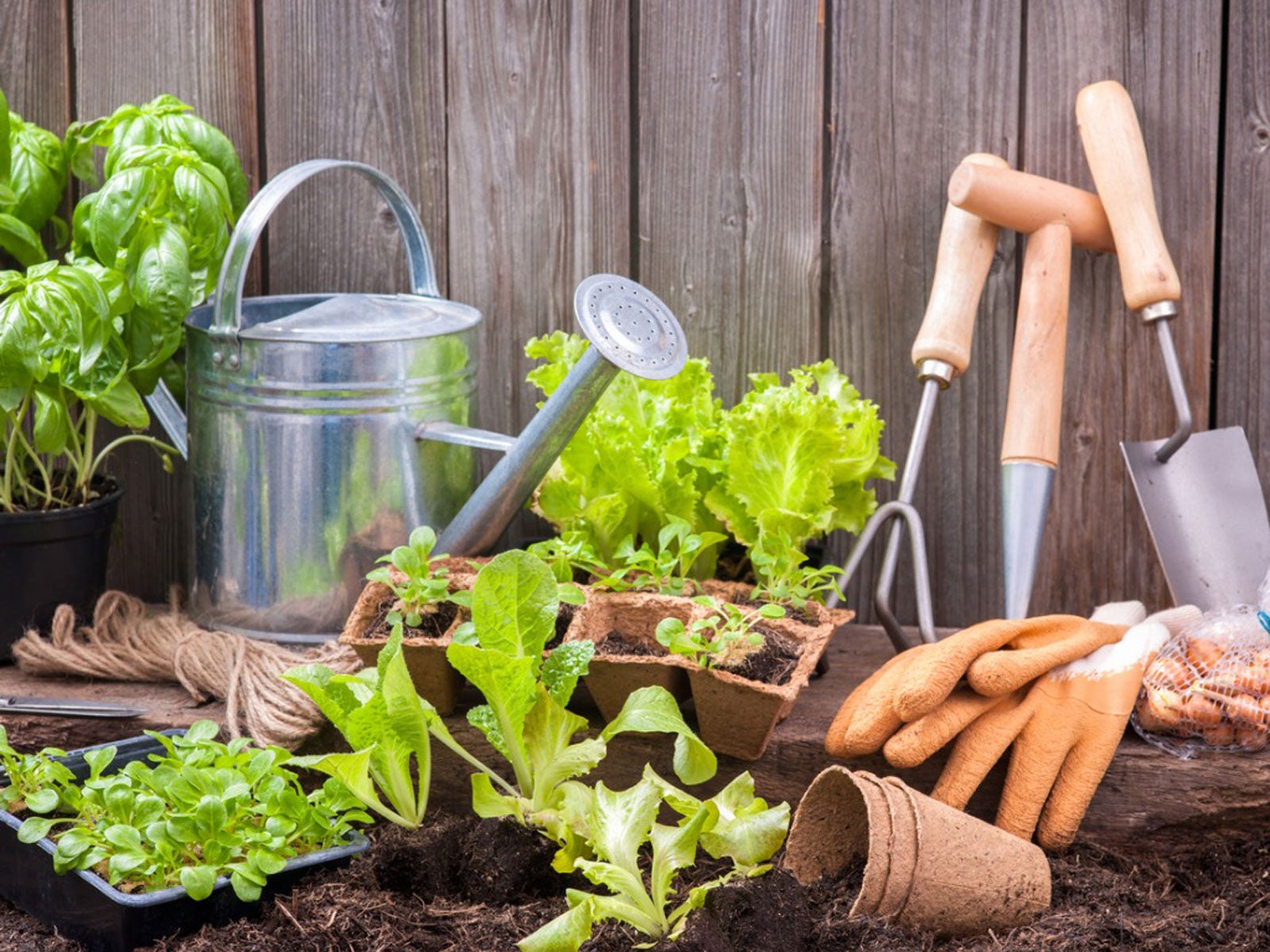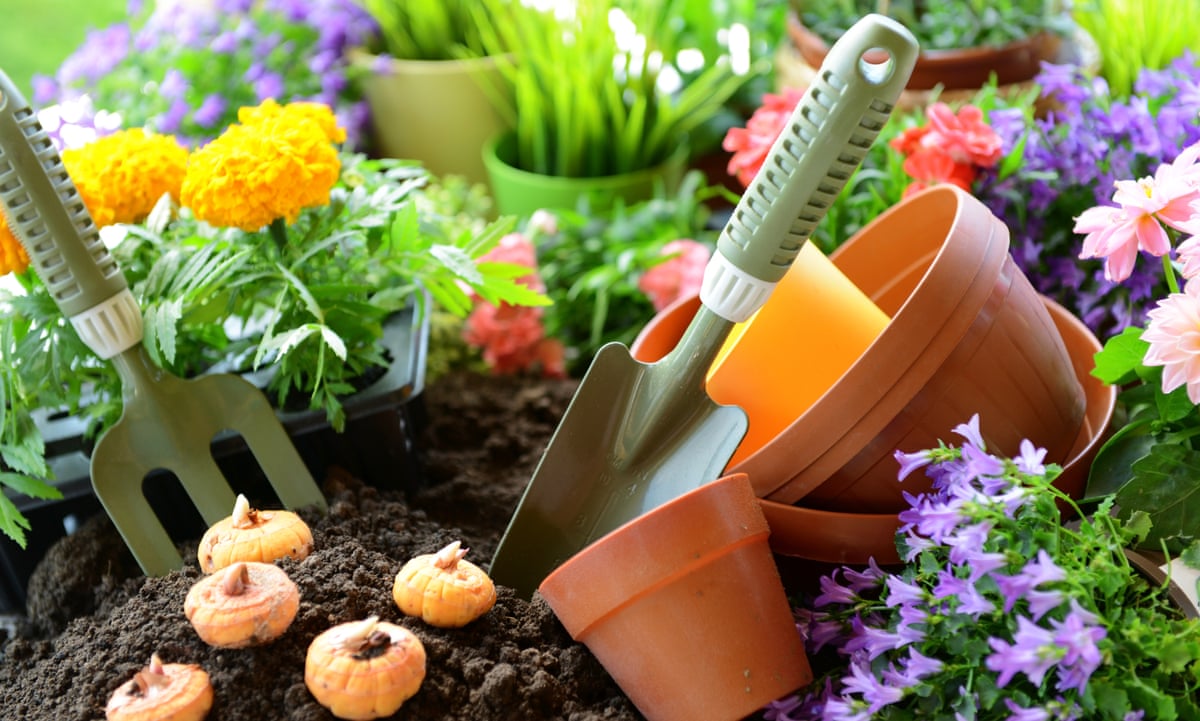The Ultimate Overview to Gardening for Beginners: Step-by-Step Tips and Methods for Expanding a Prospering Garden
From recognizing your garden area to choosing the right plants and preparing the soil, we have actually got you covered. Get ready to release your environment-friendly thumb and create a lovely, prospering garden.
Comprehending Your Garden Space
To maximize your horticulture success, begin by acquainting yourself with the distinct qualities of your garden room. Recognizing your yard room is necessary for developing a flourishing garden. Begin by observing the amount of sunlight your garden gets throughout the day. Bear in mind of any areas that are shaded and those that obtain complete sun. This will help you figure out which plants will certainly grow in each location.
Next, evaluate the soil in your yard. Comprehending your soil kind will certainly assist you in choosing the right plants and executing proper dirt changes. This info will certainly help you make notified decisions regarding watering and plant placement.
These are small locations that may vary in temperature or moisture levels contrasted to the rest of your garden. Make use of these variations to your advantage by growing moisture-loving or heat-loving plants in these areas.
Selecting the Right Plants

Following, consider your gardening goals and choices. Are you wanting to grow veggies, flowers, or a mix of both? Do you favor low-maintenance plants or are you ready to place in extra effort for high-yield crops? Assume about the amount of time, energy, and sources you are prepared to spend in your yard.
In addition, take into consideration the space offered in your yard. Take dimensions and intend out the format of your plants. Consider the mature size of each plant and make sure they have adequate space to expand without overcrowding each other.
Ultimately, think of the practicality of your plant options. gardening for beginners. Will you be able to supply the needed care and upkeep for your chosen plants? Consider elements such as watering, feeding, pest control, and pruning
Preparing the Dirt for Planting
When you have selected the right plants for your flourishing garden, it's time to study the essential task of preparing the soil for growing. Before you start excavating, it's vital to analyze the quality of your soil. Take a sample and test its pH levels, as different plants thrive in various pH arrays. If needed by including lime to elevate it or sulfur to lower it., readjust the pH.
As soon as the dirt prepares, create furrows or holes for planting. The depth and spacing additional resources will depend upon the particular needs of your chosen plants, so refer to the seed packets or plant labels for guidance. Carefully put the plants in their marked areas, making sure that the origins are covered with dirt. Strongly push the soil around the base of each plant to get rid of any type of air pockets.
As you water, be careful not to wash away the soil or damage the fragile plants. With correct dirt preparation, your garden will be well-appointed to sustain the growth and success of your plants.
Watering and Fertilizing Techniques
After preparing the soil for growing, it's vital to comprehend effective watering and feeding methods to ensure the wellness and development of your garden. It's crucial to strike a balance when it comes to watering. Overwatering can result in root rot and other diseases, while underwatering can lead to stunted growth and wilting. The key is to provide sufficient water to maintain the soil regularly moist yet not saturated. If your plants need watering is by sticking your finger about an inch right into the soil, one method to gauge. It's time to water if it feels completely dry. When watering, goal for the base of the plants, as moistening the fallen leaves can urge illness. When it comes to fertilizing, it's crucial to give your plants the nutrients they need to flourish. Organic fertilizers, such as compost or well-rotted manure, are superb choices as they give a sluggish launch of nutrients. It's finest to use fertilizers in early springtime or late loss, complying with the directions on the bundle. Bear in mind to sprinkle your plants after feeding to aid the nutrients get to the roots. By grasping these watering and fertilizing methods, you'll be well on your means to my review here a successful garden.
Preserving a Healthy Garden
To maintain a healthy and balanced yard, you ought to on a regular basis examine your plants for indicators of insects or conditions. By doing this, you can capture any type of issues early on and take the essential actions to stop them from spreading out and creating damages to your whole garden.
One means to fight pests is by making use of natural solutions such as insecticidal soaps or neem oil. These work in managing common pests like aphids, termites, and whiteflies without harming helpful pests. Another method is to encourage helpful pests like ladybugs and lacewings, which feed on garden pests. Growing blossoms such as marigolds, sunflowers, and sissies will draw in these beneficial bugs to your yard.
In addition to bugs, illness can additionally affect your plants. To avoid the spread of conditions, it is necessary to practice great yard hygiene. This includes getting rid of any type of contaminated plants or leaves, disinfecting your gardening devices, and staying clear of over-watering. Correct spacing between plants and great air circulation can additionally assist prevent the spread of conditions.
Final Thought
By comprehending your yard area, selecting the right plants, preparing the dirt, and executing correct watering and feeding techniques, you can create a growing garden. With persistence and dedication, you'll quickly be delighting in the elegance and bounty of your own growing garden.
Use these variants to your benefit by planting heat-loving or moisture-loving plants in these locations.
